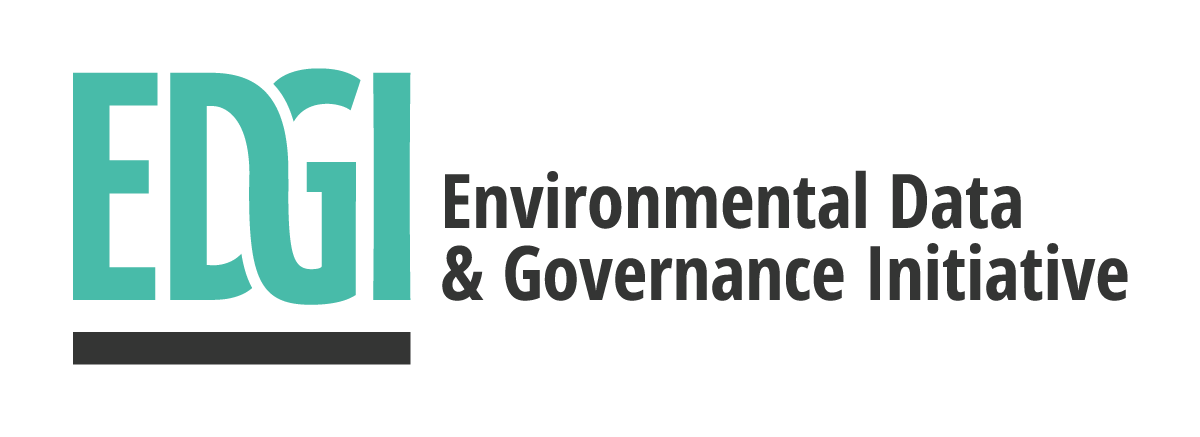On the left, image shows the EPA’s Clean Power Plan website homepage as seen on April 27, 2017. On the right, the entire Clean Power Plan website began redirecting to EPA’s Energy Independence webpage on April 28, 2017.
Welcome! This post is part of the EDGI Website Monitoring Team’s “Change of the Week” blog series. The purpose of this series is to highlight interesting changes we have observed in the language used on, or access to, federal websites. We want to share these changes to encourage public engagement with and discussion of their significance, as well as understanding of the ephemeral nature of website information. This week’s change was made in April 2017 and features the redirecting of the EPA’s Clean Power Plan website to a single webpage about a 2017 executive order on “energy independence.” We discussed this issue in our 2018 public comment on the proposed repeal of the Clean Power Plan, and it underscores the urgent need to develop better web resource policies.
By Website Monitoring Team
What happened?
On April 28, 2017, the EPA removed the majority of its climate change web resources from public view. This included its resources about the Clean Power Plan, which aimed to reduce carbon dioxide emissions from American power plants. All of the Clean Power Plan webpages were redirected to a single, short webpage about complying with President Trump’s executive order, “Promoting Energy Independence and Economic Growth.” Notably, this occurred more than five months before the EPA proposed repealing the Clean Power Plan. Clean Power Plan webpages continued to redirect to the “Energy Independence” webpage until May 11, 2020, when the URL changed status to “Page Not Found.”
Why we think it is interesting:
Before April 28, 2017, the Clean Power Plan web resources were truly helpful and informative to a range of audiences. The homepage linked to information about the impacts of carbon dioxide and how the Clean Power Plan would address carbon dioxide emissions from their single largest source, power plants. The linked Clean Power Plan Toolbox included an array of fact sheets and technical documents for audiences ranging from laypersons to regulated utility executives about effective methods for reducing carbon dioxide emissions at a plant- and grid-level. The public could learn a considerable amount about the purpose and feasibility of the Clean Power Plan through these two main pages alone, which represented a real improvement in regulatory communication for the EPA. Unfortunately, these pages were removed from public access and redirected to a page that was devoid of substantive information about the purpose or prospect of the Clean Power Plan and spun up to promote President Trump’s deregulatory executive order.
Redirecting web visitors from pages that had contained key information about regulations to webpages containing only procedural and/or political information became a trend in the Trump Administration (our upcoming report addresses this topic). The removal of the Clean Power Plan website was the first instance that we saw of this trend and it happened more than five months before the EPA proposed to repeal the Clean Power Plan. Throughout the repeal’s regulatory proceedings, the EPA did not have any information about the Clean Power Plan live on its website. The DOE even changed the links on their “EPA Power Sector Regulations” page to an archived page (see the link address for “Carbon Pollution Standards for New, Modified and Reconstructed Power Plants”) because at that time there were no live pages on the EPA website that listed or explained the power sector regulations. It’s stunning that was okay.
Last week, the EPA’s Office of Inspector General (OIG) released a notice about its upcoming “Audit of EPA’s Compliance with Federal Requirements to Making Information Accessible Through Its Public Websites and Digital Services.” This comes on the heels of the OIG’s FYs 2020-2021 U.S. Environmental Protection Agency Top Management Challenges report, which found that “communicating risks to allow the public to make informed decisions about its health and the environment” is among the top management challenges facing the EPA. While the OIG report focused on communication of acute exposure risks, we think that the EPA’s science communication and public information efforts have plummeted under the Trump Administration, both with regard to information about specific hazards to human health, and broader and compounding risks, such as the human health and ecosystem risks of unfettered carbon emission. A clear example of this is the removal and redirecting of the Clean Power Plan website. We urge the OIG to expand the scope of its audit to survey web-based information regarding broader matters that impact human health.
In addition to enhancing the EPA’s OIG audit, we also recommend implementing stronger information policies. Current laws governing federal digital resources are woefully inadequate to protect information in this medium, which is the “primary means by which the public receives information” from agencies. We not only need existing records retention laws extended to digitally native documents, but also new laws and guidance that expand requirements for the availability and accessibility of information. Information about acute risks and other human health risk phenomena, such as climate change, should be published and preserved on agency websites. We look forward to the Biden Administration prioritizing public information and protecting it as a hallmark of our democracy.

